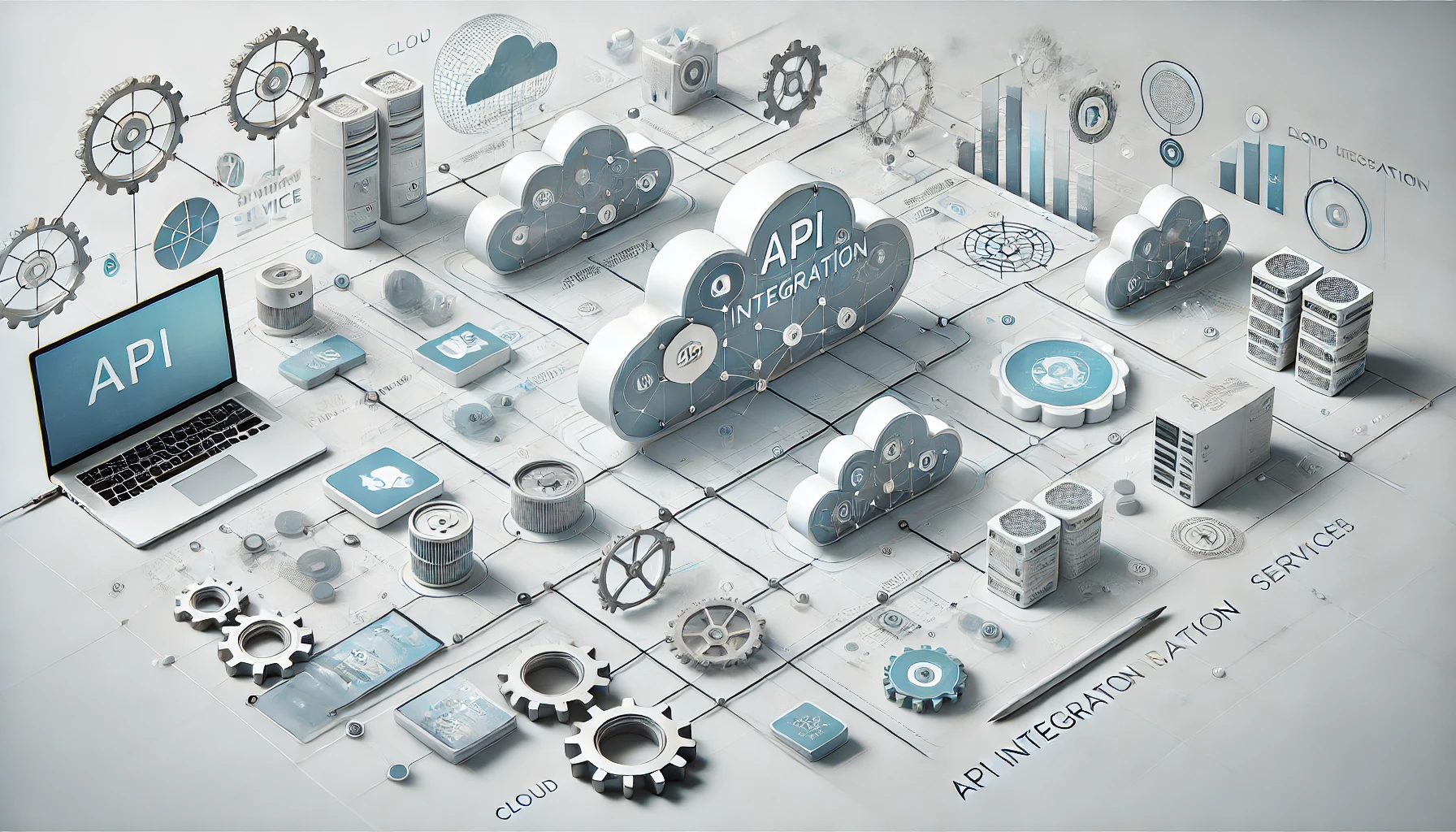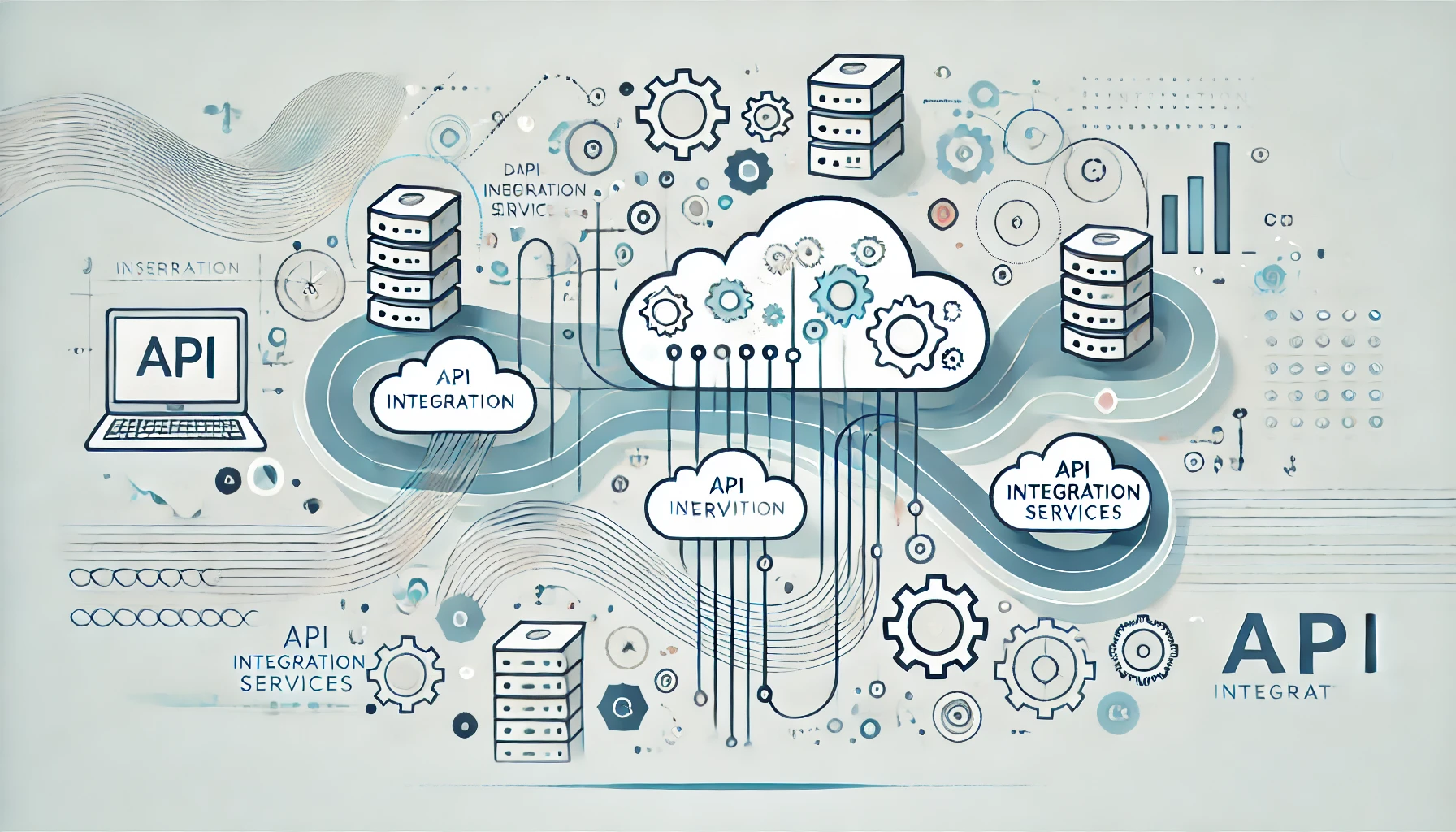When integrating a payment gateway API into your e-commerce platform, ensuring seamless transactions and secure data exchange is paramount. But what about error handling and scalability? Discover how following six best practices in API integration services can not only streamline your integration process but also elevate your system’s performance and user experience. From standardizing communication protocols to comprehensive documentation, each practice plays a crucial role in optimizing your API integration strategy.
Standardization
When it comes to API integration services, standardization plays a crucial role in ensuring seamless communication between different systems. Interoperability challenges often arise when systems use varying data formats or communication protocols. By standardizing APIs, you can mitigate these challenges and create a more harmonious environment for data exchange.
Consider compliance considerations when standardizing APIs. Compliance with industry standards and regulations is essential to ensure that data is handled securely and in accordance with legal requirements. API versioning is another critical aspect of standardization. By maintaining consistent versioning practices, you can avoid compatibility issues between different iterations of APIs. It also allows for smoother transitions when updating or adding new features to API endpoints.
When establishing standardization in API integration services, protocol compatibility must be a top priority. Ensuring that APIs adhere to common communication protocols such as REST or SOAP facilitates seamless interactions between systems. By addressing interoperability challenges, compliance considerations, API versioning, and protocol compatibility, you can optimize the efficiency and effectiveness of your API integration services.
Security
When considering security in API integration services, data encryption is paramount to safeguard sensitive information transmitted between systems. Understanding authentication methods is crucial for ensuring that only authorized parties can access the API endpoints, preventing unauthorized access and potential data breaches. By implementing robust data encryption protocols and selecting appropriate authentication mechanisms, you can significantly enhance the security posture of your API integration services.
Data Encryption Importance
Data encryption plays a critical role in ensuring the security of data transmitted and stored through API integration services. Compliance requirements such as GDPR or HIPAA necessitate the protection of sensitive information, making encryption a vital component. By encrypting data, you can prevent unauthorized access and mitigate the risk of data breaches.
Effective key management is essential for maintaining the integrity of encryption processes. Proper key management involves securely generating, storing, and rotating encryption keys to uphold data security. Encryption keys act as the foundation of data protection, and their safeguarding is paramount in ensuring that encrypted data remains secure.
Implementing strong encryption protocols helps you meet regulatory standards and industry best practices. By adopting encryption mechanisms, you fortify your API integration services against potential threats and vulnerabilities. Prioritizing data encryption not only safeguards sensitive information but also enhances the overall security posture of your API ecosystem.
Authentication Methods Overview
To enhance the security of API integration services, understanding various authentication methods is crucial. Token-based authentication is a commonly used method that involves the exchange of a unique token to access an API securely. This token serves as a credential that grants access rights and permissions. OAuth integration, on the other hand, is a protocol that allows secure authorization in a standard way across different platforms. It enables users to grant access to their information without sharing their credentials directly. By implementing OAuth, API providers can ensure secure and controlled access to their services.
Token-based authentication offers a straightforward and efficient way to secure API endpoints, while OAuth integration adds an extra layer of security by managing authorization and access rights securely. Understanding and implementing these authentication methods can significantly enhance the security of API integration services, safeguarding sensitive data and ensuring smooth communication between systems.
Error Handling
For effective API integration services, a robust error handling mechanism is essential. When it comes to error handling, you need to be prepared with strategies to resolve errors and techniques to handle exceptions effectively. Here are some key points to consider:
- Comprehensive Error Code Documentation: Provide detailed documentation on common errors and their resolutions to help developers troubleshoot issues efficiently.
- Graceful Error Responses: Ensure that your APIs return clear and meaningful error messages to the client, aiding in quick issue identification and resolution.
- Retry Logic Implementation: Implement retry mechanisms for transient errors to enhance system resilience and improve overall reliability.
- Monitoring and Alerting: Set up monitoring tools to track error rates, response times, and other relevant metrics. Configure alerts to notify you promptly about any anomalies, enabling proactive error management.
Performance Monitoring
When assessing the efficiency and health of API integration services, Performance Monitoring plays a crucial role in ensuring optimal system functionality. Real-time tracking is essential for monitoring the performance of APIs. By tracking metrics such as response times, error rates, and throughput continuously, you can identify bottlenecks and issues promptly. Real-time tracking enables you to react quickly to any performance degradation, ensuring that your API integration services operate seamlessly.
In addition to real-time tracking, alert notifications are vital for Performance Monitoring. Setting up alert notifications allows you to be proactively informed about any anomalies or performance issues in your API integration services. Alerts can be configured to trigger when predefined thresholds are exceeded, enabling you to address potential problems before they impact users or downstream systems. By promptly receiving alert notifications, you can take immediate action to maintain the optimal performance of your API integration services.
Scalability
When it comes to API integration services, scalability is crucial for accommodating growth without limitations. You need a system that can efficiently handle increased demands as your business expands. Ensuring scalability allows your APIs to adapt and perform effectively, supporting your evolving requirements.
Growth Without Limitations
To achieve growth without limitations, ensuring scalability in API integration services is paramount. Maintaining seamless integration and sustainable growth requires a strategic approach. Here are four key considerations to help you scale your API integration services effectively:
- Resource Monitoring: Implement tools to continuously monitor resource usage, such as CPU, memory, and network bandwidth, to identify potential bottlenecks and plan for scaling requirements proactively.
- Horizontal Scaling: Design your API integrations to support horizontal scaling, enabling you to add more servers or instances to distribute the workload efficiently as your service grows.
- Load Balancing: Utilize load balancing techniques to evenly distribute incoming API requests across multiple servers, ensuring optimal performance and preventing overloading on any single server.
- Auto-Scaling: Set up auto-scaling mechanisms that automatically adjust the number of resources based on real-time demand, allowing your API integration services to handle fluctuations in traffic without manual intervention.
Handling Increased Demands
Handling increased demands, particularly in terms of scalability, is a critical aspect of ensuring the smooth operation and growth of API integration services. To effectively handle increased demands, implementing robust load balancing strategies is essential. Load balancing distributes incoming traffic across multiple servers, preventing overload on any single server and ensuring optimal performance. Additionally, utilizing API caching can significantly improve response times by storing frequently accessed data and reducing the need to repeatedly fetch the same information from the server.
Resource allocation plays a crucial role in scalability. By dynamically allocating resources based on demand, you can efficiently manage spikes in traffic without compromising performance. Effective traffic management is key to handling increased demands without disruptions. Monitoring and analyzing traffic patterns can help identify potential bottlenecks and optimize the system for better scalability.
Documentation
One key aspect of successful API integration services is the thorough and precise documentation provided. Clear documentation is essential for ensuring a smooth user experience and facilitating effective API design. Here are some key points to consider when it comes to documentation:
- Detailed Endpoint Information: Provide comprehensive details on each endpoint, including request and response formats, parameters, and error codes.
- Authentication Methods: Clearly document the authentication methods supported by the API, such as OAuth2, API keys, or JWT tokens, along with instructions on how to authenticate requests.
- Sample Code Snippets: Include sample code snippets in popular programming languages to help developers quickly understand how to interact with the API.
- Use Case Examples: Offer real-world use case examples to demonstrate how the API can be utilized in different scenarios, showcasing its versatility and potential applications.
Frequently Asked Questions
How Can I Ensure Seamless Communication Between Different APIS?
To ensure seamless API communication, focus on error handling for robust responses. Implement data transformation for compatibility. Validate inputs and outputs. Monitor endpoints for performance. Use secure authentication methods. Regularly update API documentation for clarity and ease of integration.
What Are the Best Strategies for Versioning APIS?
When versioning APIs, ensure backward compatibility for seamless transitions. Implement API version control using semantic versioning. By maintaining clear documentation and communicating changes effectively, you can minimize disruptions and ensure smooth integration across different API versions.
How Do I Handle Rate Limiting in API Integrations?
When handling rate limiting in API integrations, you must implement effective rate limiting strategies to control the flow of requests. Monitor and manage excessive requests to prevent system overload and ensure smooth operation of your integrations.
What Tools Can Help With API Testing and Monitoring?
When testing and monitoring APIs, you can rely on tools like Postman for API security and performance testing. Additionally, tools like Runscope offer real-time analytics and error tracking, providing a comprehensive solution for your API integration needs.
How Can I Optimize API Calls to Improve Efficiency?
To optimize API calls and enhance efficiency, focus on performance optimization by reducing unnecessary data transfers, implementing caching mechanisms, and streamlining communication. Utilize efficient data formats, minimize network latency, and prioritize asynchronous processing for improved speed and responsiveness.



